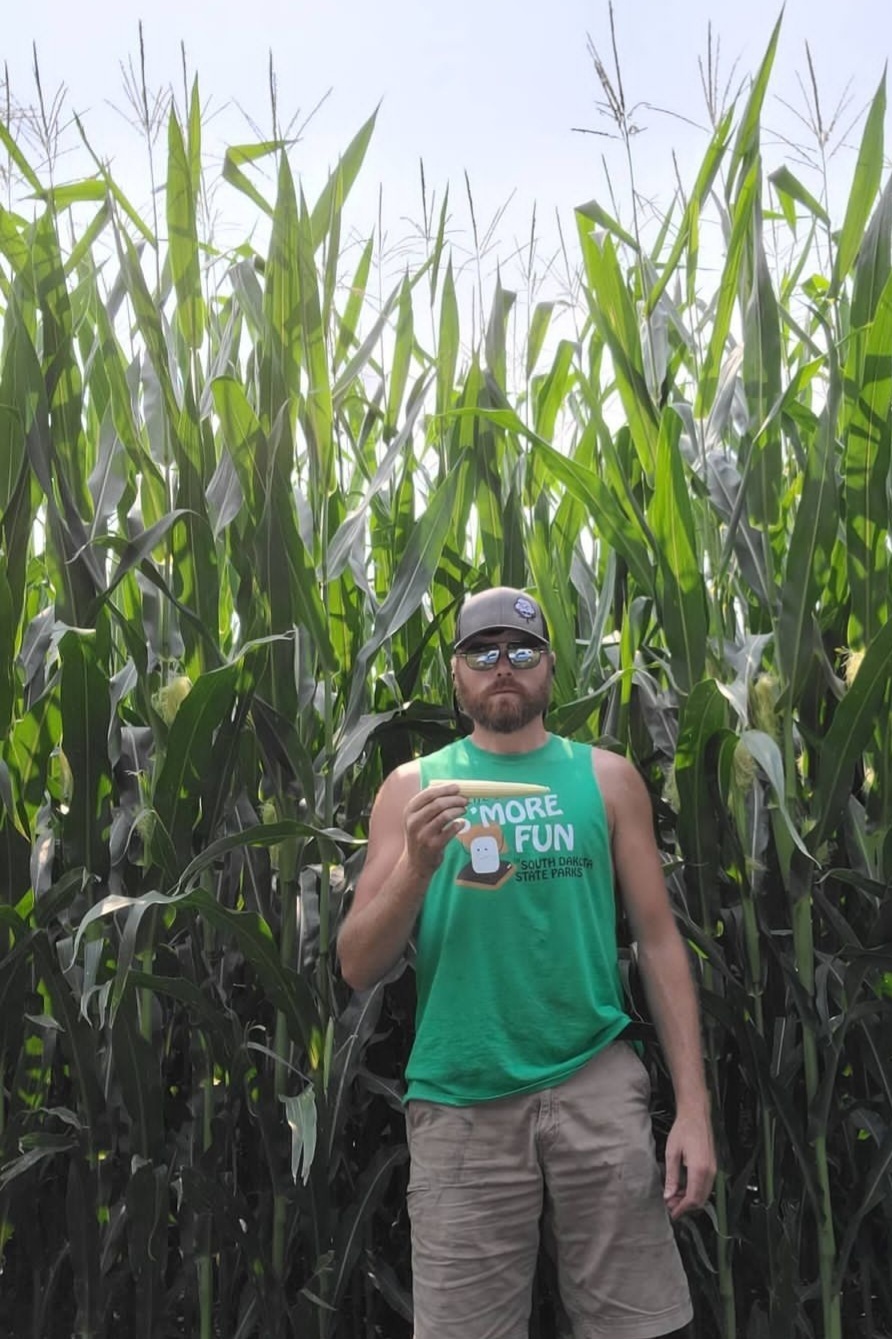Farm Loans Fall Short

Loan Limits are Critical to Purchasing Land, Covering Operating Costs and Making Farming Feasible for the Next Generation
According to the U.S. Department of Agriculture’s (USDA) 2017 Farm Census, the average age of a South Dakota farmer is 56 years old with just 10.5% of producers under the age of 35. Like many other industries where individuals are ‘aging out’, causing a critical workforce shortage, agriculture has challenges emerging in the near future for the next generation of producers.
However, unlike many other career choices, young farmers are frequently hampered by large capital investments necessary to operate successfully. According to the 2017 Census of Agriculture, farmers incur an average of nearly $300,000 in production expenses and net just over $80,000 in cash farm income. The fact is, profit margins and the unpredictable nature of farming make it a tough business for most beginning farmers Finances have created a barrier too massive for many to overcome.
The USDA has a loan program specifically set up for Beginning Farmers, individuals with 10 years or less in the business. Unfortunately, the loan limits make it a challenge for these farmers to gain the capital outlay needed to make a successful go of it. With ag land selling at an average of nearly $7,000 per acre according to 2022 data from the South Dakota State University Extension South Dakota Farm Real Estate Survey, the overall loan limit of $600,000 doesn’t come close to making this a reality for hopeful farmers who can’t count on inheriting land or equipment.
Simply put, the current limits aren’t keeping pace with today’s land prices and inflation for equipment and inputs. Casey Briggs who farms in Clark, SD shares, “With those loan limits, I don't think you can make it. Land prices have spiked so much in the last few years, it’s getting pretty expensive. You might be able to purchase 80 acres but I don't know anybody that can live off of that. And then for what inputs cost you on those 80 acres, you're going to be neck deep in hot water, you know, before you even see anything come out of the ground. They're definitely not giving you enough working capital to make a successful go of it.” He continues, “You'd better hope that it rains and that you’re good at hedging the market.”
According to Jason Edleman, SVP-Retail, Farm Credit Services of America, “The entire ag industry wants young farmers to succeed. Unlike years ago, you can’t expect to work hard and be able to make it today. You need to have really good business acumen, surround yourself with a circle of good people who want to help you succeed, and take it slow. Young farmers may not be able to do as much as they want to begin with because of the enormous capital outlay needed to own and operate a farm today if they don’t have some sort of help from family, friends or investors.”
Farm Service Agency Loans
FSA Maximum Loan Limits:
• Direct Farm Ownership: $600,000
• Down Payment Program: Amount limited to $300,150 max
For more info, visit usda.gov

Based in Clark, SD Casey Briggs earned equity in the farm he operates with his employer.
Future Farmers' Insights
When asked what their largest challenges were to start their own operations, these high school FFA students shared their thoughts.
BEN MORET // 12th Grade
“I plan to farm alongside my dad and brother to keep the family farm going and expanding. From what I've learned being around with my dad, brother, and grandpa is that the financial standpoint doesn't intimidate me because I know as time goes on, I'll have profitable years and I'll have years where that will be challenging. Learning how to handle and manage money has helped me significantly. Owning my own farm has been my dream ever since I was a kid. Looking up to my family and seeing how hard they work each and every day shows me how much this lifestyle means to them and our family.”
LAUREN BORTNEM // 10th Grade
“To own and operate a farm comes with all sorts of barriers; land, knowledge, and finances. Finding land you can afford in a location that can handle farming is your first and foremost priority. You would have to financially be able to handle anything you may need to farm. You also need knowledge. You need to be able to find resources and learn from people with experience. Borrowing any type of money to try to make a go at farming is a huge risk. You never know what the turnover will be year to year. Therefore, you may stress about paying bills and making ends meet.”
JOSIE NOLD // 11th Grade
“After high school, I plan to be involved with agriculture but probably won't rely on farming for a living. Currently, money and buying land are the greatest barriers for our small farm. Right now it feels like I'd need a full-time job to help make payments but managing both is very challenging.”
LANDIN TUCKER // 11th Grade
“I will be attending tech school after high school. Once I graduate, I'll be helping out on the farm. I'm worried that it'll be hard to own my own equipment and I'll just be helping for too long instead of running my own operation.”
